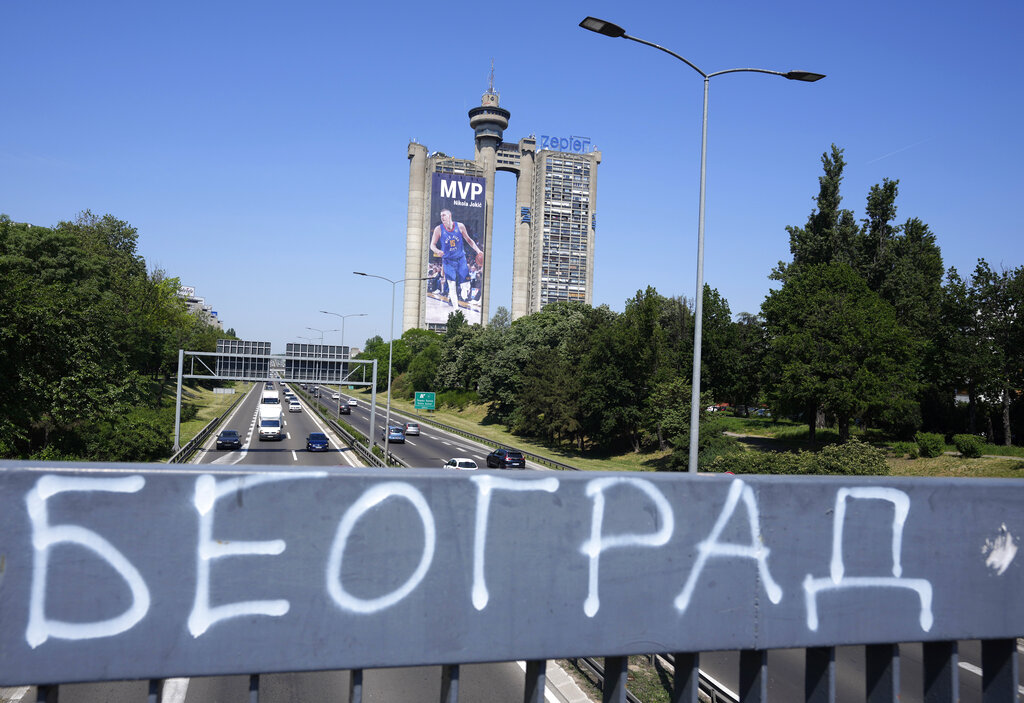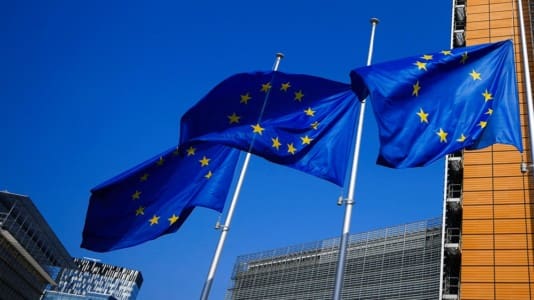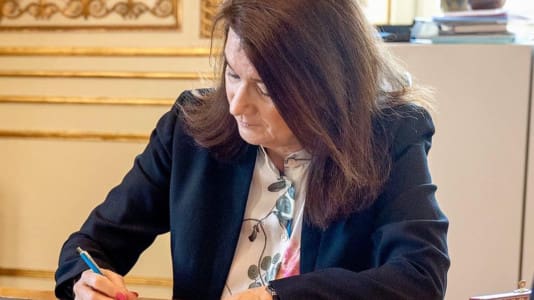Approximately 100 false bomb threats, including the targeting of the presidency building, were recorded in two days across Serbia, Prime Minister Ana Brnabic revealed on Tuesday.
The head of the Serbian government claimed that these threats are part of the pressure from abroad on Belgrade following the refusal to impose sanctions on Russia in the context of the war in Ukraine.
False bomb threats have been sent by e-mail to more than 90 schools and locations, including the presidential building, bridges, shopping malls, restaurants, the Belgrade Zoo, and a stadium. The threats led to mass evacuations from schools and public places.
[pp id=34679]
Engineers found no explosive devices when they searched the locations on Monday and Tuesday.
Without providing further evidence or details, Brnabic accused the threats of coming from abroad.
“We are the only country in Europe that has not imposed sanctions on Russia, and these false bomb threats are pressure from abroad because of our refusal to impose sanctions,” she said in a television interview.
Interior Minister Aleksandar Vulin also said the fake bomb threats were “part of a special war” against Serbia, adding that authorities were investigating the evidence.
Serbia, a candidate for accession to the European Union, is almost entirely dependent on gas and oil from Russia, a former Slavic and Orthodox Christian ally. Belgrade also maintains close political and military ties with Moscow.
In April, Serbian President Aleksandar Vucic accused Ukraine and an unidentified EU country of being behind a series of false bomb threats against Air Serbia, which operates regular flights to Moscow. Ukraine has rejected Vucic’s allegations as “unfounded.”
Last month, Hungary had a similar, albeit smaller-scale threat wave when a series of shopping malls across the country were targeted.





